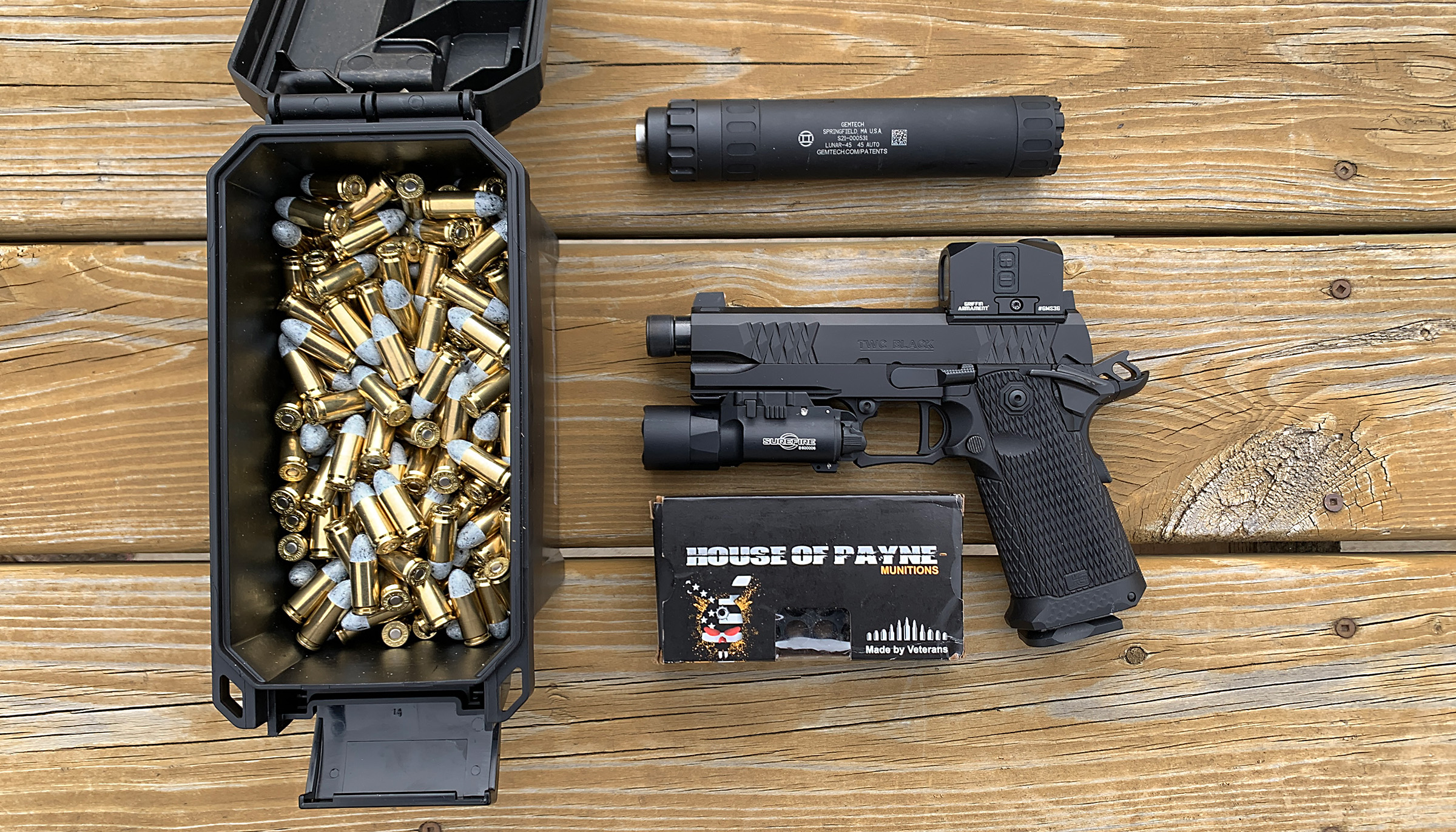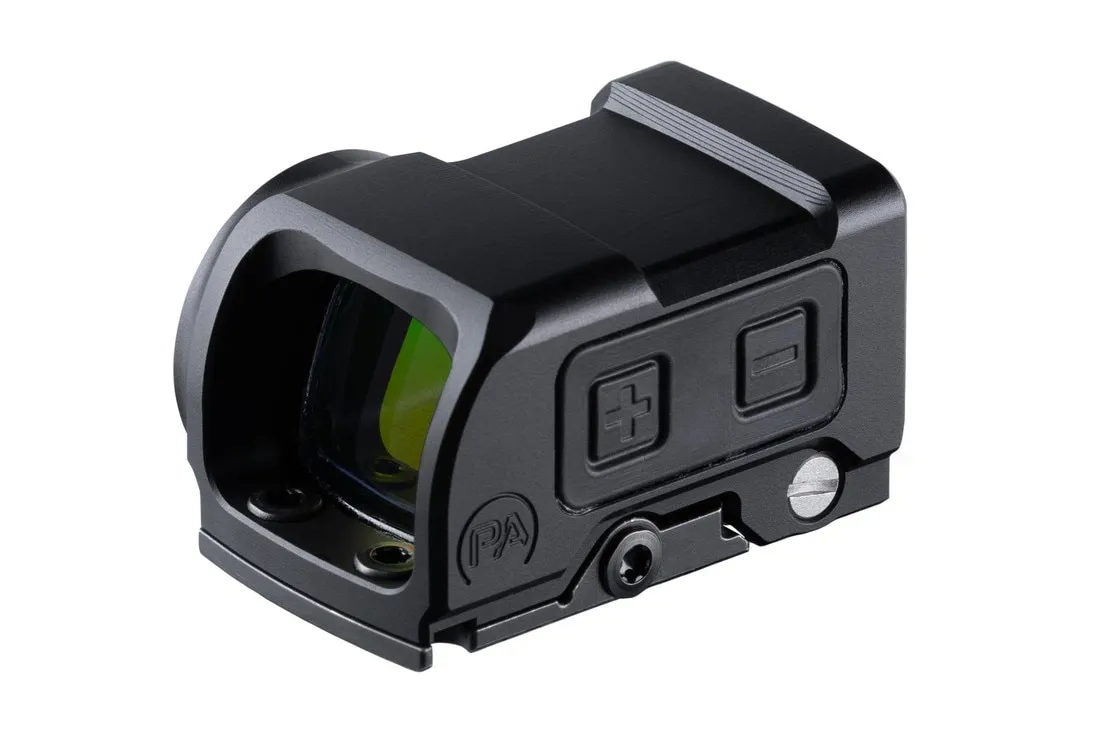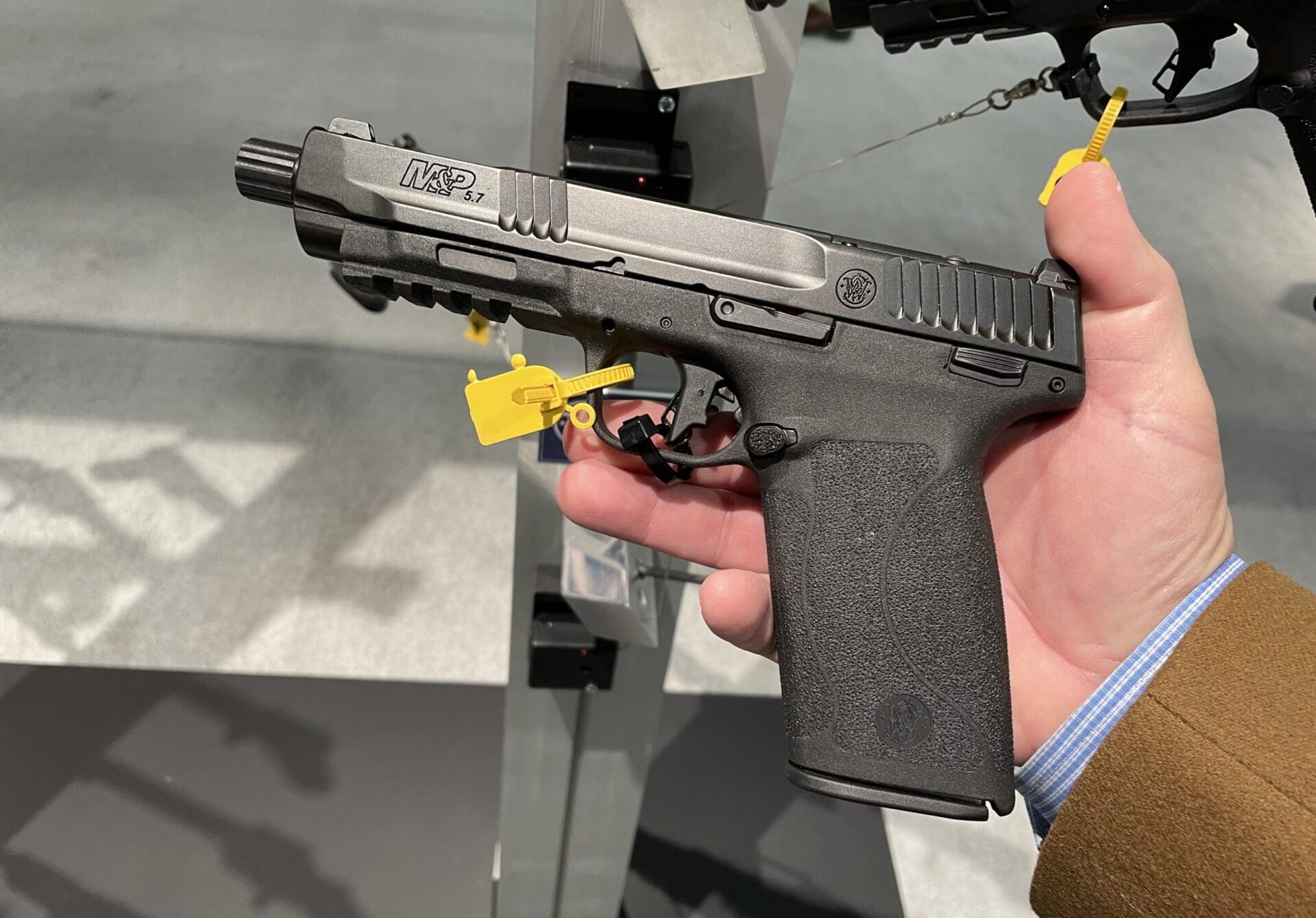The Holy Grail of gun forensics: a method to definitively match a bullet and/or spent cartridge to a specific firearm. It’s also the centerpiece of any number of anti-gun advocates fondest dreams. There’s as much incentive for finding the solution to gun “fingerprinting” as there is to finding a miracle drug cure for cancer or AIDS. Maybe more. So what is science’s solution to the conundrum? Equally important, will it blend?
Despite what you’ve seen on CSI, gun forensics is largely a matter of luck. Matching the rifling marks on a bullet requires a bullet that’s largely intact and unscathed. Which is a lot more rare than the TV dramas would have you believe. At best, it’s far from an exact science. And all that you need to defeat the match is a bristle brush taken to the barrel, or if you really wanna cover your tracks, dunk the piece in a vat of some corrosive substance. (Acid, anyone?) Technology to the rescue! Or not.
Turns out, nothing really works that well, forensically speaking But that’s not stopping anti-gun groups from trying to force these technologies into widespread use. Here’s a sampling of the latest and greatest in gun fingerprinting…
Microstamping. Imagine that every gun “branded” each and every cartridge fired at the moment it was shot. Gun crime? No problem. Get a microscope, read a serial number from the spent casings (if available) and get your warrants signed. Case solved.
If microstamping were the law of the land, every gun would have a firing pin altered at the factory to stamp a tiny—but readable—serial number into the primer or casing as it’s fired. Theoretically, you’d be able to put any spent brass under a microscope and read the number, then track the serial number via the national database of guns. Only it doesn’t work, from both a technological and a practical point of view. Here’s a bullet list [sic] of problems
- It’s surprisingly difficult to microstamp anything reliably. Even regular-sized makers’ marks stamps tend to clog up, wear out and just not work from time to time. MICROstamping a primer is a difficult trick to pull off on the best of days. It’s not reliable enough to count on for tracking.
- It’s ridiculously easy to defeat. A little diamond file to the tip of the firing pin and you’d instantly render the microstamp unreadable.
- It wears out quickly. How many gun owners are going to worry themselves, over time, with making sure their firing pins consistently stamp a legible serial number on their cartridges? My guess would be “none.”
- It presupposes that all guns will be registered. That’s all well and good for honest citizens, but kinda ineffectual for those that prefer to get their guns by less-than honest means. You know. The ones we call “criminals.” The kinds of people that, statistically speaking, commit the vast majority of gun crimes.
- It assumes that there will be spent brass around at the crime scene to enable gun tracking. What about revolvers? There’s no spent brass left at the scene when the perp uses a wheelgun.
- It assumes that all guns will have microstamping and that older guns won’t be used in crimes. Yeah. Good luck with that.
All in all, microstamping sounds great. And that’s about it.
Gunpowder Serialization. I’m NOT making this up. Researchers from at least one company have proposed that all gunpowder be infused with microscopic particles that would allow each cartridge to be tracked back from the crime scene to the store where the cartridges were purchased, making it far easier to narrow down who might have purchased a particular box of ammo. How ridiculous is this? Let me count the ways…
- Gunpowder burns. (Duh.) So you’re talking about adding some kind of non-flammable, microscopic particle to the gunpowder that would survive the blast and retain enough info to track a cartridge back to it’s source? Puh-lease.
- The database required for tracking would be massive. And I mean “massive” in the way that Google’s server farm is massive. Like “how many grains of sand are on the beach” massive. “How many stars in the sky” massive. Like that.
- Let’s pretend you’re a thug. Where do you get your ammo? Do you go and buy it off the shelf at Walmart? Or are you more likely to steal it, or buy it on the black market.
Gunpowder serialization sounds great—until you think it through.
RFID Tags in Guns. Simply put, RFID (Radio Frequency IDentification) technology requires a tiny device that broadcasts an ID number through a tiny antennae over a (very) short distance. A compatible device can “listen” for the signal and identify the device. What if they put it in your gun?
Problem: RFID technology is NOT secure. If somebody has an RFID reader nearby, they would be able to read the RFID tag. Here’s some possible scenarios:
- Bad guys use RFID readers to determine if there are any concealed handguns around, blowing your concealment advantage.
- Bad guys get your personal identification info from your gun and use it to rob you (they’ll know you’re not home if you’re out with your gun).
- Bad guys collect a bunch of data, then clone your info onto their guns – then the cops come looking for you after a crime is committed.
Some have proposed using RFID technology to tie a specific gun to a specific shooter. Under this idea, the only one that could get your gun to fire would be you; anybody else would be unable to fire the weapon. In that case you’d have to wear an RIFD tag somewhere on your person or, gulp, have an RIFD tag embedded in your body. Like a dog.
Bottom line: there’s no technology that can keep guns from being used by criminals to perpetrate violent crimes. All these new technologies could do: penalize and punish responsible gun owners, making it that much easier for criminals to use their illegal guns to hurt the rest of us. Everything else is just special effects.









The poster boy doesn't need a gun to scare the hell out of people. That is one strong message in tattoo form.